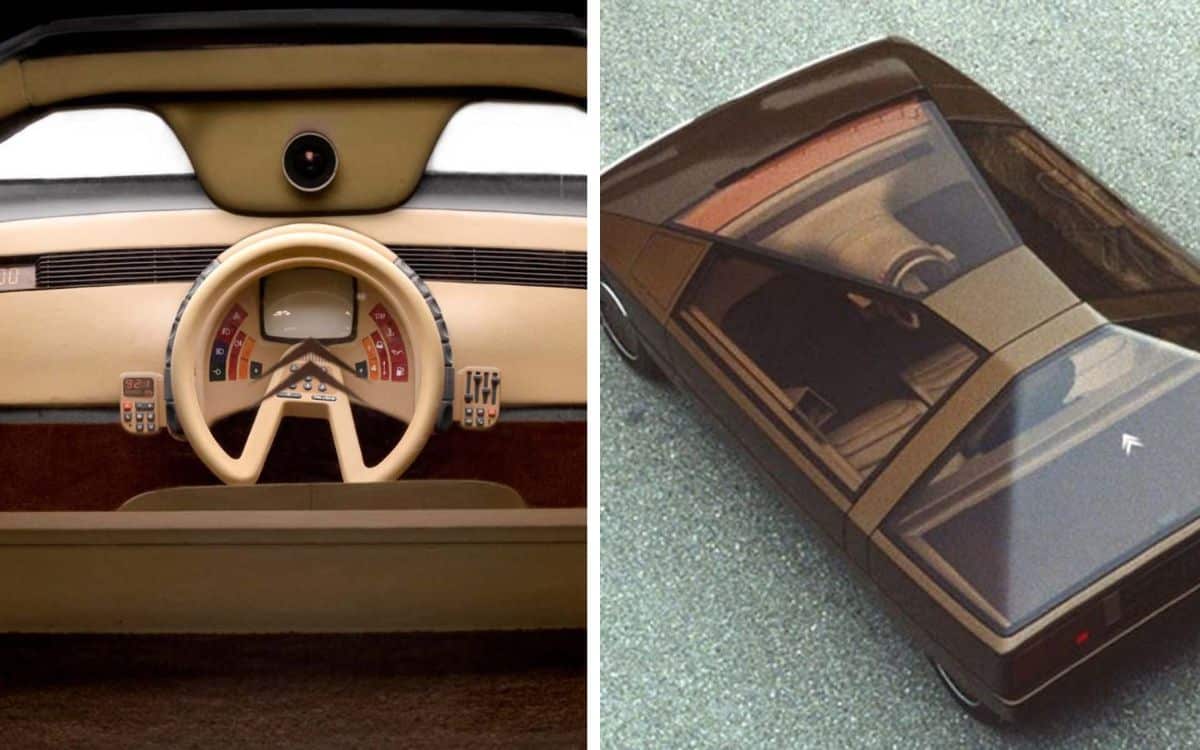The Citroën Karin is probably the oddest concept car that never made it
- The Citroën Karin was a trapezoidal concept car first seen in 1980
- It was presented at the Paris Motor Show but never made it to production
- It was designed by Citroën stylist, Trevor Fiore to ‘the astonished gaze’ of visitors
Published on Nov 21, 2023 at 3:31 PM (UTC+4)
by Amelia Jean Hershman-Jones
Last updated on Nov 22, 2023 at 7:23 PM (UTC+4)
Edited by
Adam Gray
Think you’ve seen it all when it comes to the concept car world? You’ve never seen the Citroën Karin.
The weird but arguably wonderful trapezoidal concept car from the French automobile manufacturer was first seen in 1980.
Presented at the Paris Motor Show, it designed by Citroën stylist, Trevor Fiore.
READ MORE! This Citroen Oli concept is made from cardboard
While modern cars have seemingly vital parts missing, have concealed drones and even move as if they’re alive – the Citroën Karin was groundbreaking for its time.
The striking, pyramid-inspired design first drove onto the scene at the Paris Motor Show in 1980.
And it’s sad it attracted ‘the astonished gaze’ of visitors.
The futuristic, sci-fi design had a very streamlined profile and a seriously low center of gravity.
It was hypothetically specified to be a ‘middle-range’, two-door, butterfly coupé.
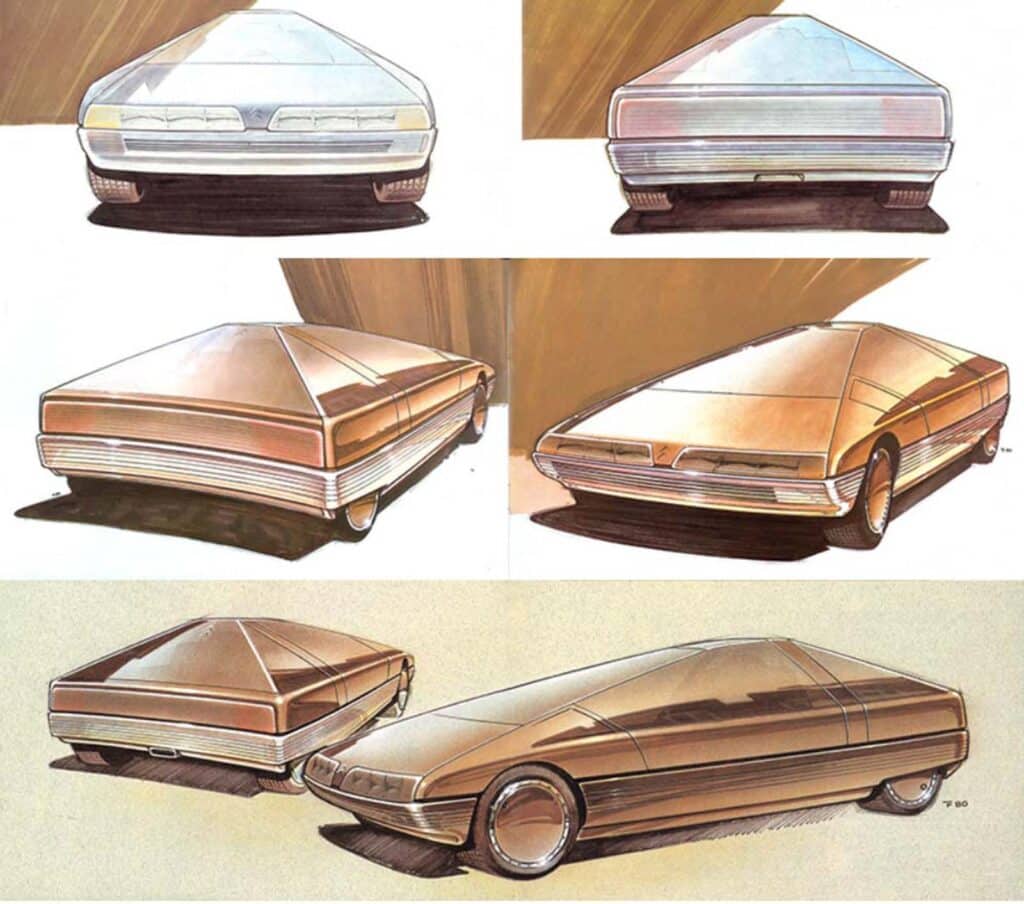
The design’s unusual nature is down to its radically straight geometry.
The result is a truncated pyramid that points towards the rear with an extreme tumblehome above passengers.
The roof panel is scaled down to the size of an A3 sheet of paper.
Take a theoretical step inside and you’ll notice that the car was designed around a three-seater interior layout.
The driver sits front and centre – slightly ahead of passengers on either side.
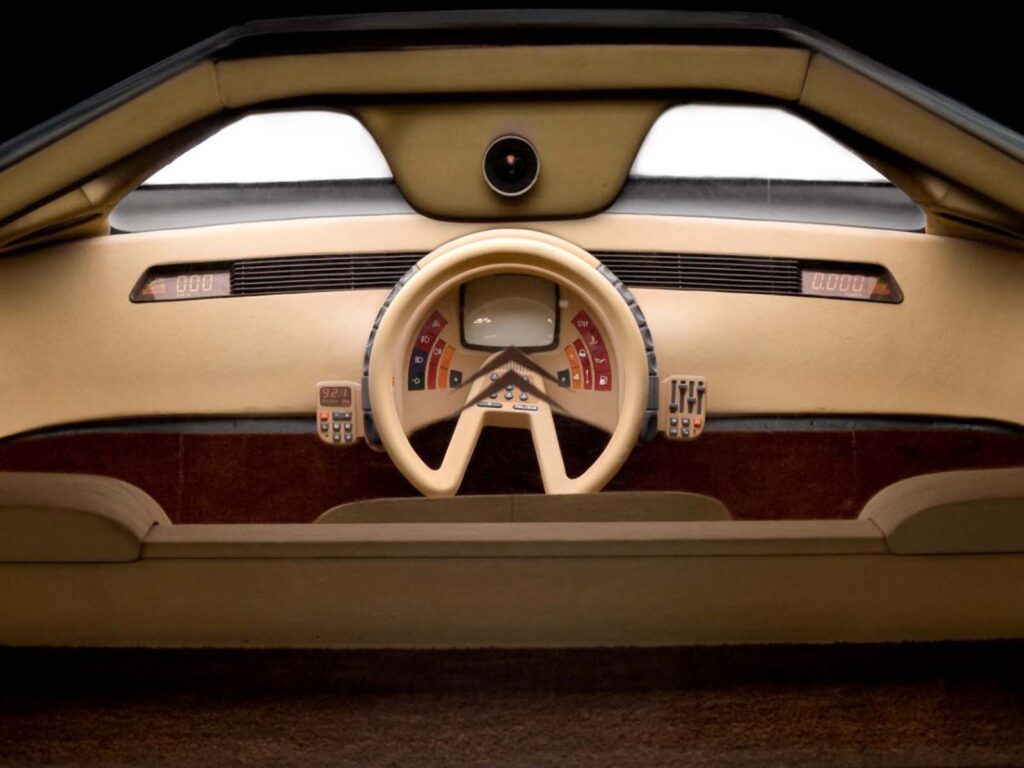
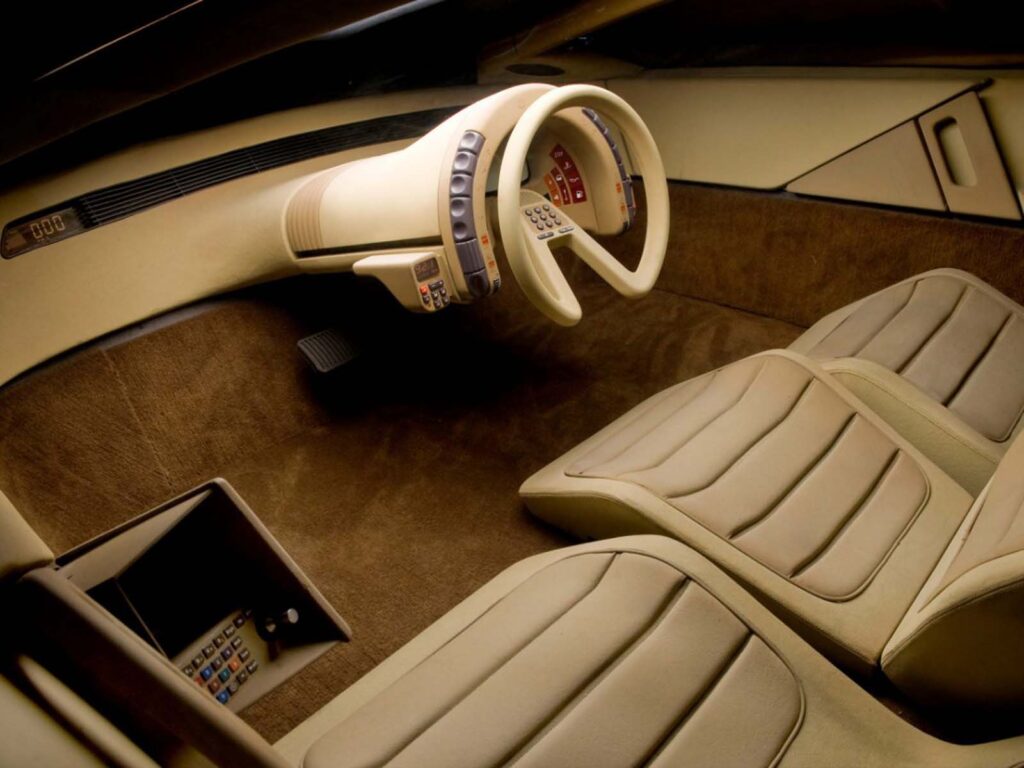
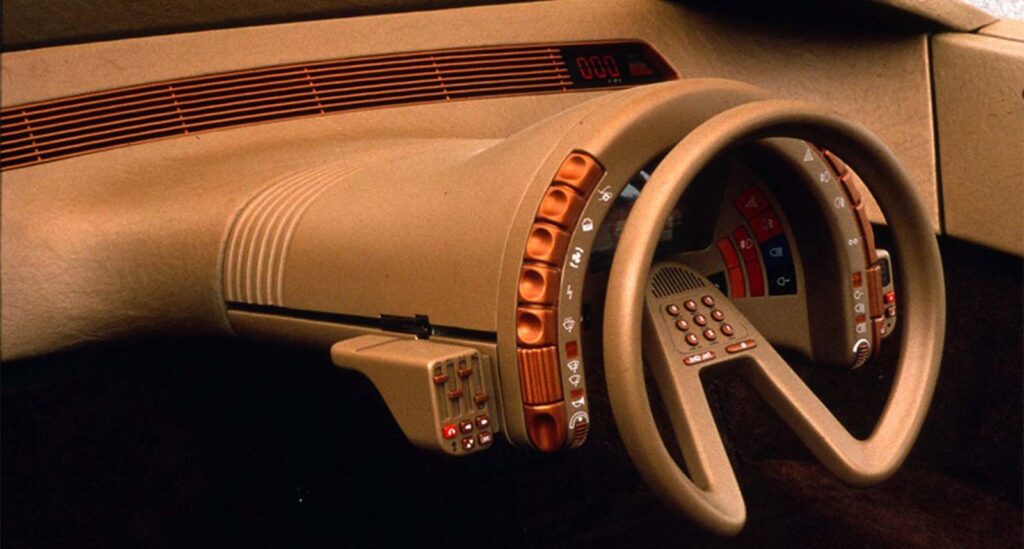
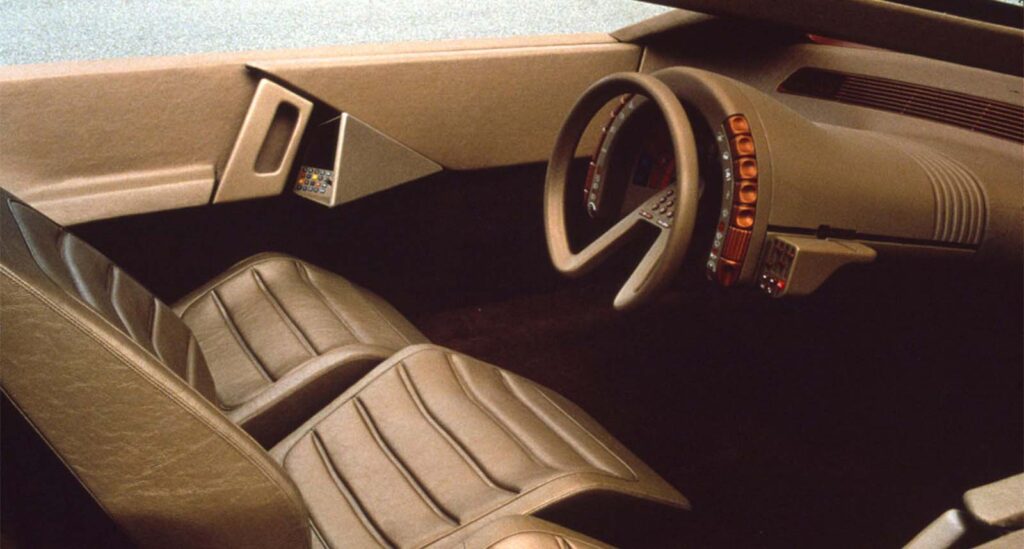
The long steering column allowed the driver to control every aspect without taking their hands off the wheel.
Unprecedented for over 40 years ago but now quasi expected, computers controlled various functions.
Rather than just being for the driver, they were placed near the door-panel handles.
This revealed Fiore’s intention that they were for both driver and passengers.
A pop-up screen on the dashboard looks like something you’d see in modern car models.
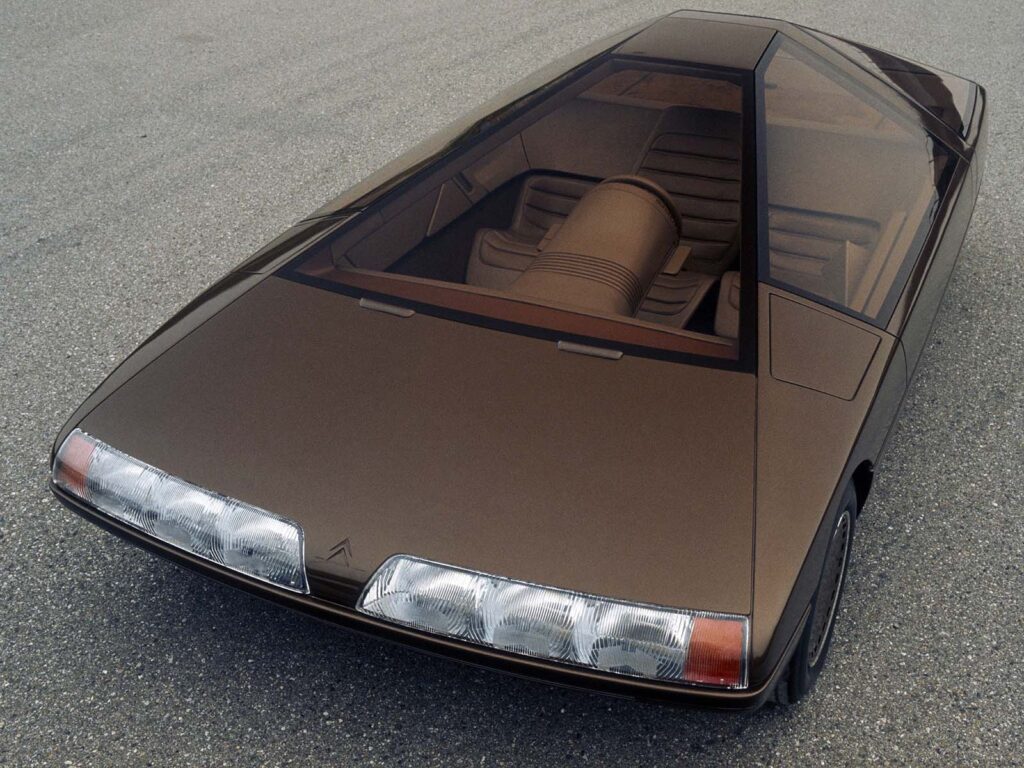
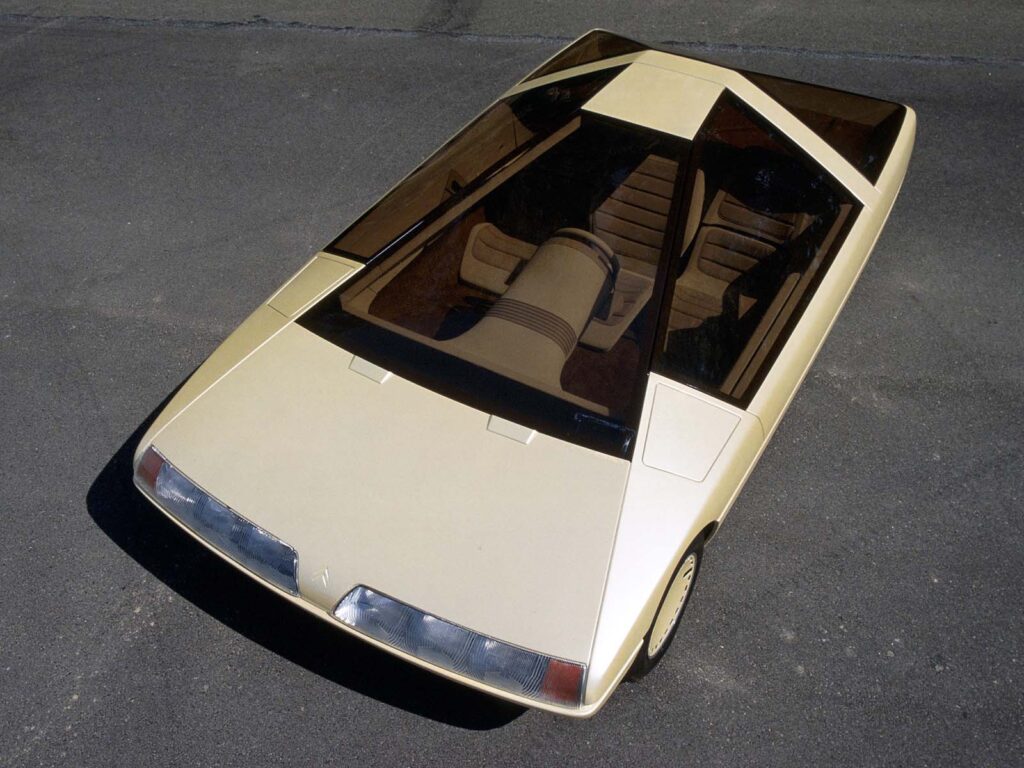
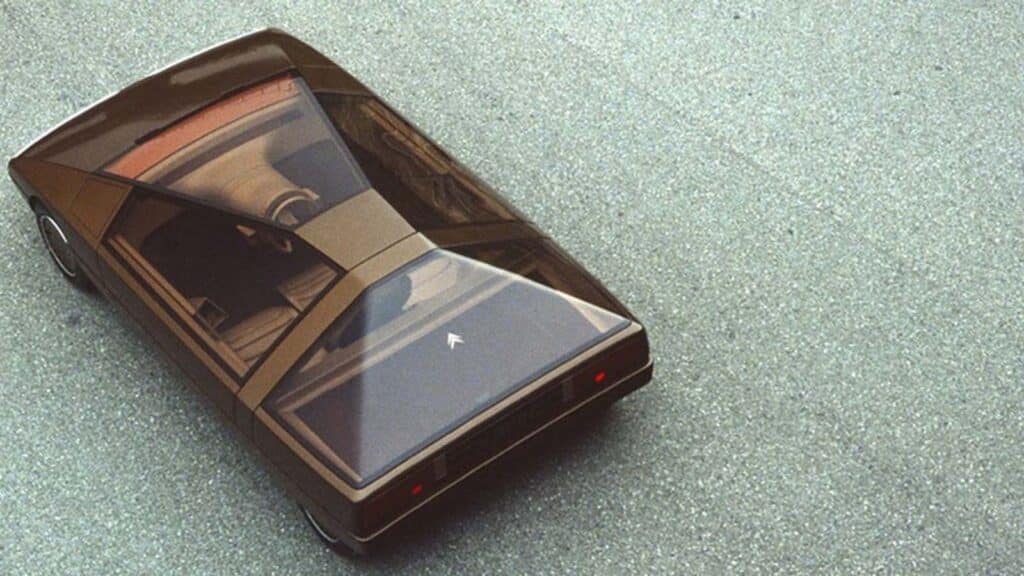
However, its rounded shape reminds us that this mini cathode-ray tube screen is strictly retro.
Rather than being for Pac-Man, it was designed to give information about the car and its surroundings.
Its long, horizontal headlamps with triple projectors are reminiscent of the Citroën SM.
Plus the rear resembled the early Lotus Esprit – but it was impossible to confuse the Karin with anything else.
Not actually being drivable meant the Citroën Karin was all style and virtually zero substance.

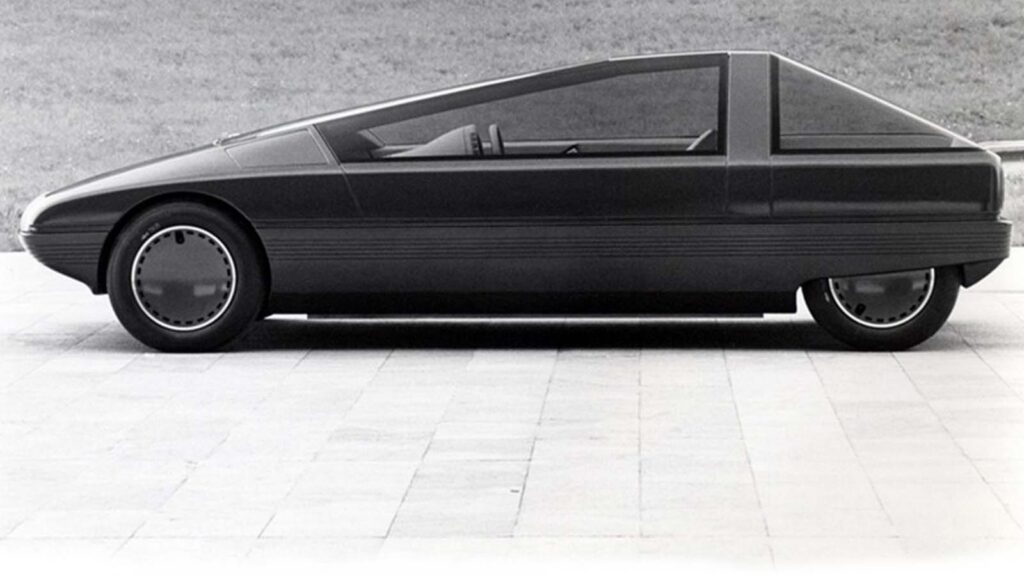
In other words, it had very little under the hood.
It was driven to where it needed to be at the show but its mechanics remain a mystery.
The name comes (obviously) from the English word ‘car’ and the Italian ‘cara, carina’ – meaning ‘dear’ or ‘darling’.
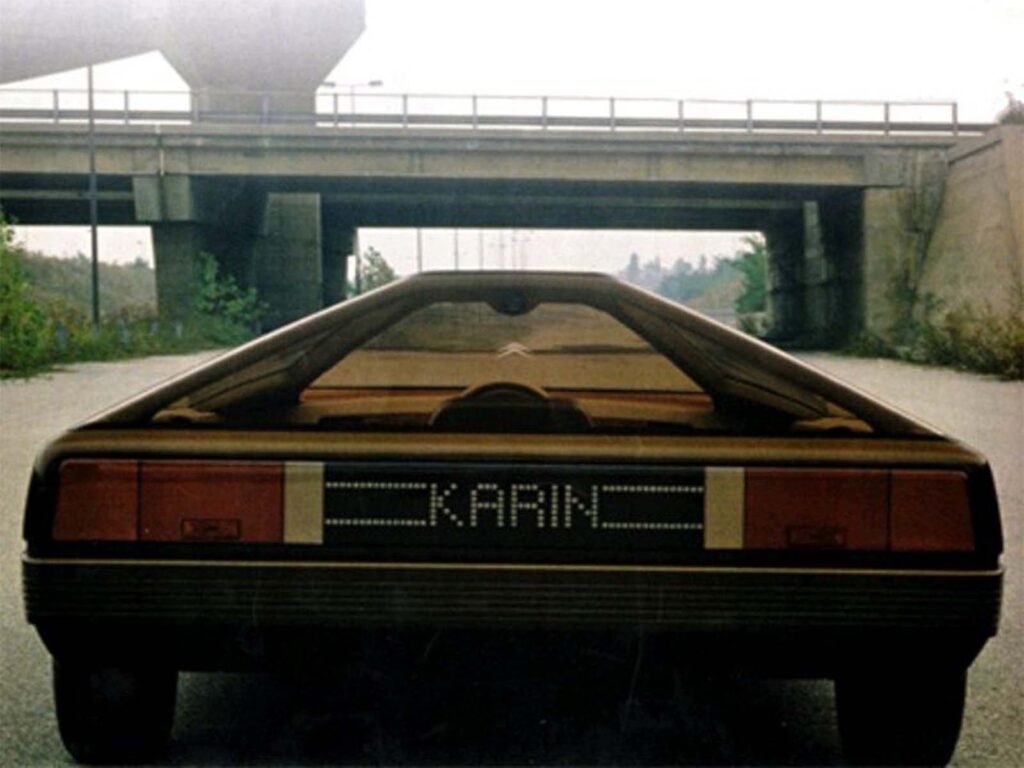
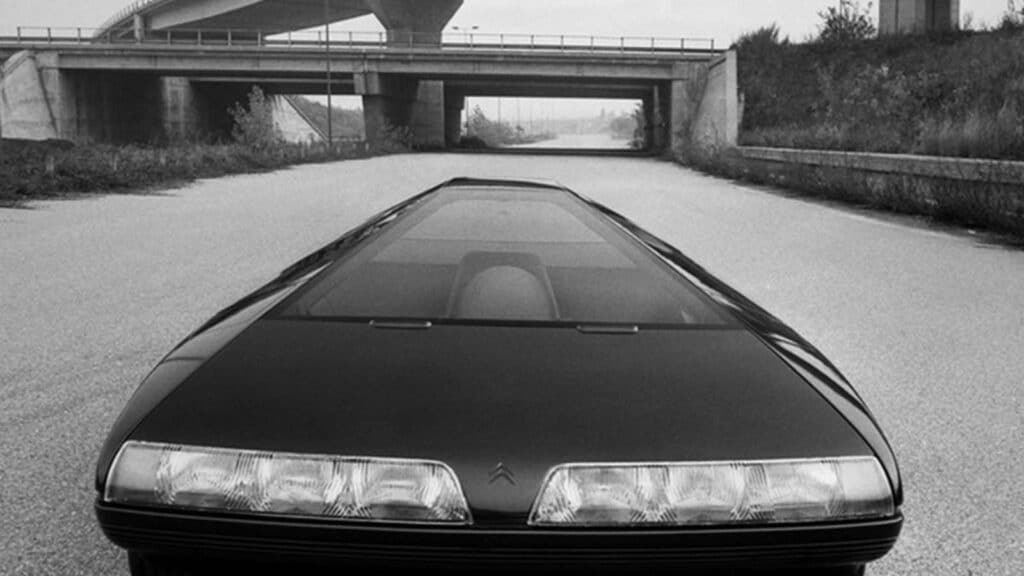
This international feel was inspired by its Franco-Italian creator, Fiore who was schooled in Britain.
Its flush glass panel partially cover the rear wheels.
That, alongside its earthy-tone finish shows the Citroën Karin took inspiration from Gandini’s Lancia Sibilo.
This idea was simplified to the purer model of the Citroën Karin.
DISCOVER SBX CARS: The global premium car auction platform powered by Supercar Blondie

All Supercar Blondie contributors undergo editorial review and fact-checking to ensure accuracy and authority in automotive journalism. After gaining her BA Hons in French and English at the University of Nottingham, Amelia embarked on a vocational diploma from the National Council for the Training of Journalists (NCTJ). This led to numerous opportunities, from interning at Vogue to being on the small team that launched Women’s Health magazine in the UK, which was named the PPA Consumer magazine of the year for three years running. As Health, Beauty and Fitness editor, Amelia personally received a Johnson & Johnson Award and was shortlisted for both PPA and BSME titles. Since then, Amelia has created content for numerous titles and brands, including the Telegraph, 111 Skin, Waitrose, Red magazine, Stylist, and Elle, as well as being Head of Content at Vitality and Editor in Chief at INLondon magazine. “My superpower is translating technical jargon about the mechanical workings of a supercar into a relatable story you’ll want to share with your friends after you’ve read it.” After joining the SB Media family as a senior journalist in September of 2023, Amelia’s role has evolved to see her heading up the SEO output of the editorial team. From researching the most ‘Google-able’ key terms to producing evergreen content - it’s been a time of hard work, growth, and success for the editorial team and the Supercar Blondie website. “I like to think of myself as a ‘method journalist’. In other words: I live and breathe whatever I am writing about. When writing about fitness, I trained as a personal trainer, and as a beauty editor, I completed an ‘expert’ in scent diploma with the Fragrance Foundation. “During my tenure at Supercar Blondie, however, I did something I never thought possible: I passed my driving test at the age of 36. One day I’d love to train as a mechanic to better understand what happens under the hood, too. “My sweet spot is providing readers with a ‘takeaway’ (read: something new they didn’t know before) after reading every one of my stories. While I don’t claim to be an expert in the automotive world, I know the experts and bodies in the field to rely on to provide our readers with an informative and thought-provoking story every time they visit the site.”
